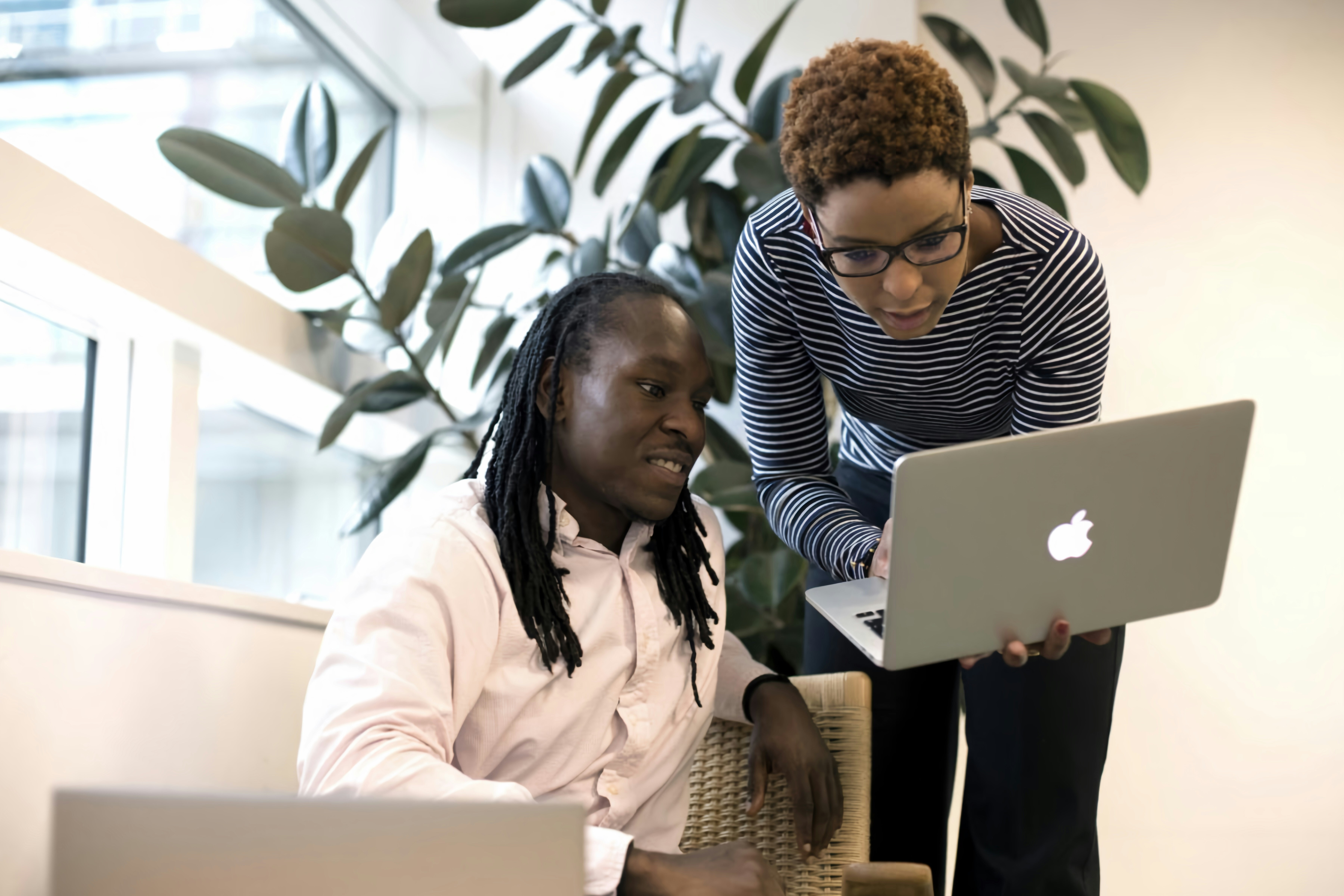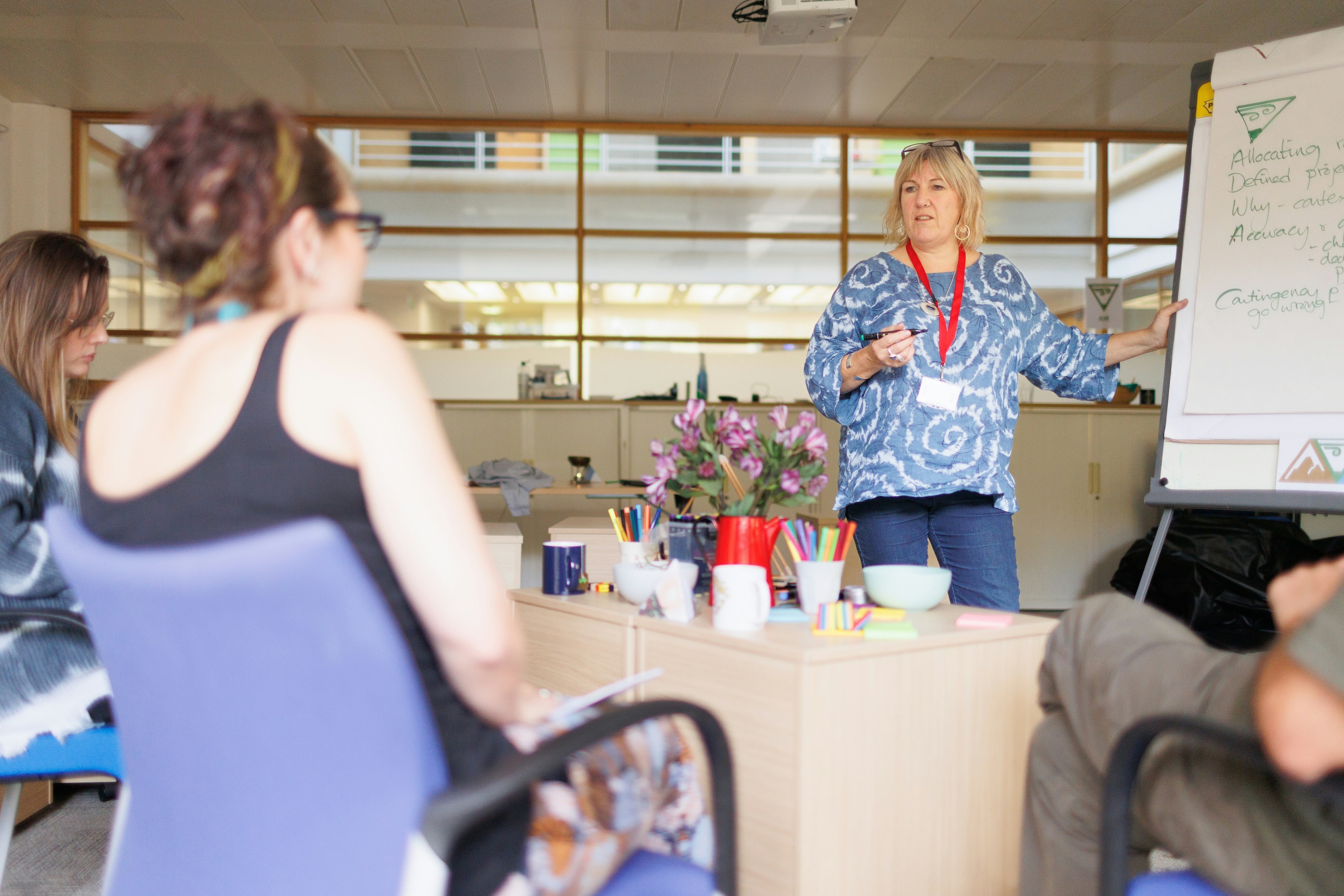How science proves that failing makes you smarter

It seems that with the Silicon Valley gold rush, we have received a new model for success: failure. We have all heard of the rags to riches stories from entrepreneurs who went bankrupt (Walt Disney, Donald Trump), were fired from their first companies (Steve Jobs, Jack Dorsey), lost all of their investors’ money (Henry Ford), or blew up their first company (Bill Gates, Paul Allen). And then later, of course, they succeeded. Rightly, failure has become a topic de jour as a result, and many individuals consider failure to be a badge of honor.
It is true that failure is incredibly valuable, but perhaps not in the way you think. The failures mentioned above are all cataclysmic, they were an end in themselves. To be sure, those entrepreneurs persevered and learned from their mistakes. But it took years to recover and in some cases, the other people invested suffered the brunt of the mistakes without hope for recovery. Those types of failures should never be encouraged. Instead, the right way to fail is far closer to the right way to learn.
Think of most of the formal education you’ve had. How did you learn how to perform each new task? Most likely, a teacher introduced the concept, showed you how to do it, and then let you practice. It’s the tried and true method of teaching everything from tying shoes to solving algebra equations. Most of us know how to do most things because someone has taught us. But the results of an experiment recently published in the journal Cognitive Scienceshould make us all reconsider that model.
Manu Kapur, researcher at the National Institute of Education in Singapore, conducted an experiment in which groups of students were taught to solve new math problems using two different methods. The first group was taught the traditional way: the teacher introduced the concept, showed students how to solve a problem, and then allowed them to practice. The second group was given the problems to solve on their own first with no introduction or demonstration of how to solve the problems until after they’d made several attempts to work it out on their own.
The results were striking: Both groups of students ultimately learned how to solve the problems. But the second group, who were given a chance to try on their own first, showed a “significantly greater conceptual understanding” of the subject and were able to transfer what they’d learned to novel problems better than the first group. It’s important to note that the students almost never figured out the solution on their own. But the act of trying and failing led to a deeper understanding of the topic.
This won’t come as a surprise to anyone who understands how the brain works. Our brains do not function in an orderly, linear fashion. Instead, they fumble and guess and predict and fail, then rinse and repeat. The brain is a prediction engine, a pattern recognition machine. We have experiences, we use those experiences to make predictions, and then we guess our way through the world. With each passing guess, we grow wiser. Brains are unique in their ability to learn through failure.
Kapur’s research on learning fits perfectly into this theory of how the brain works. The experiment demonstrated that having someone showing us the right way to do something is not a good way to learn. We may memorize the information, but it will not be understood deeply. Nor will our knowledge be as thoroughly embedded in our minds as it would if we stumbled and stabbed in the dark a few times first. It is this last piece of effort that allows learned information to be applied more conceptually to new situations. If it’s true for something as straightforward as a math problem, how much more true must it be for something that can’t be as easily taught, like how to run a business or manage a career?
The message is clear. Get out there and fail, but make it about learning, not risk taking. It’s what our brains evolved to do, and it’s the only way to get exceptionally good at anything.
Be sure to check out the other articles in the failure series:
- Oprah Winfrey
- Jeff Bezos
- Richard Branson
- Jay-Z
- Warren Buffett
- J.K. Rowling
- President Obama
- How to Fail the Right Way
- The Greatest Failures of All Time
- Two Years of Failure
This article is published in collaboration with LinkedIn. Publication does not imply endorsement of views by the World Economic Forum.
To keep up with Forum:Agenda subscribe to our weekly newsletter.
Author: Jeff Stibel is the Chairman & CEO of Dun & Bradstreet Credibility Corp. and author of NYT bestseller Breakpoint.
Image: Pedestrians cross a road at Tokyo’s business district September 30, 2014. September 30, 2014. REUTERS/Yuya Shino.
Don't miss any update on this topic
Create a free account and access your personalized content collection with our latest publications and analyses.
License and Republishing
World Economic Forum articles may be republished in accordance with the Creative Commons Attribution-NonCommercial-NoDerivatives 4.0 International Public License, and in accordance with our Terms of Use.
The views expressed in this article are those of the author alone and not the World Economic Forum.
Stay up to date:
Hyperconnectivity
Related topics:
Forum Stories newsletter
Bringing you weekly curated insights and analysis on the global issues that matter.
More on Education and SkillsSee all
Jumoke Oduwole and Abir Ibrahim
November 11, 2025






